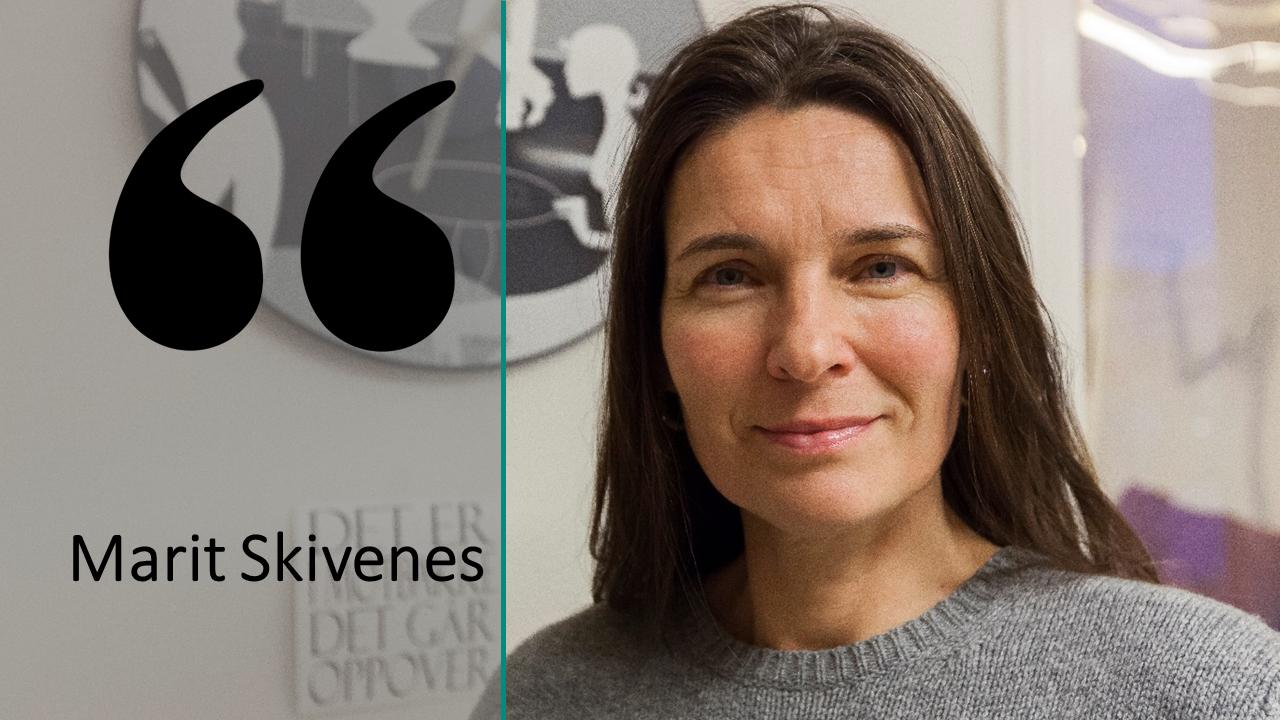BLOG: A reminder to policy makers and agents in the field of child protection.
Author: Professor Marit Skivenes
All European countries are signatories to the Convention on the Rights of the Child (CRC), and comparative studies show that at the national level there are some similar basic principles underpinning the child protection systems in many European countries (Gilbert et al., 2011; Skivenes et al., 2015; Burns et al., 2017).
These basic principles included the best interest and well-being of the child; family preservation and the child’s relation to the birth parents; principles of least intrusion from the state and that the child protection system only having the secondary responsibility for children compared with the family.
However, the degree to which governments focus on these principles differs, and this is especially so if one considers the potentially contradictory principles that are most relevant when considering placement measures policies. In the majority of cases, therefore, there is scope for interpretation about what course of action will be ‘in the child’s best interest’ leaving space for courts, child protection front line staff and indeed whole countries, to determine the balance between these commonly accepted principles.
It is not an exaggeration to point out that parental rights and family preservation have very strong standings in most states and systems compared to the rights of the child, and that it is challenging for nation states and courts to respect and promote children´s rights.
Since the ratification of CRC, in some form or another, the needs of a child entering out-of-home care to be provided with stability and continuity has been given attention across child welfare agencies in rich countries. Based The ‘permanence’ movement in the USA from 1970 onwards has had increasing prominence in the UK child welfare policies since the 1980’s, leading to the requirement that all children who are in care for more than a few weeks must have a ‘permanence plan’ (Skivenes & Thoburn, 2016; Tefre, 2014).
Just the mere fact that it is a plan for children with a focus on their well-being, is a big step forward. Such a permanence plan will is about reunification with parents. This is an imperative principle in most child protection systems, because family shall be protected. However, there is a large group of children that cannot be reunified with their parents, and for them permanency must have another meaning. How can we secure these children´s well-being and chances to belong in a family?
In Norway, and in all Nordic countries, children placed long term out of home are in foster homes, and only rarely is adoption from care used as a child protection measure. This practice stands in stark contrast to the established knowledge on what we know about the outcome for children in care, and much research can be cited to substantiate that adoption result in better outcomes for the children should compared to growing up in public care. A Norwegian expert group composed by prominent child protection experts in Norway, formulated it like this:
‘Based on developmental psychological perspectives and the research-based knowledge of vulnerable children, …, it is reason to claim that adoption should be a measure the child protection system considers in cases involving long-term placements.’ (NOU 2012:5, p. 130.)
Interestingly, the Danish government has now used this insights from research and shifted towards a stronger focus on children’s rights. A few years back, April 21 2015, the Danish parliament changed the child protection law and made it clear that the child protection system had a responsibility to consider adoption for children that could not be reunified with their birth parents. The legislation now states that:
‘…where it is assumed that the child or the young person will be placed for a long period of time, the municipal council must consider whether the consideration of continuity and stability in the child’s or the adolescent’s upbringing justify that the child or the youth be adopted instead.’ (L 121 Folketinget 2014-15, §68d.)
With the awareness that it is extremely difficult to make comparisons on children and their lived lives and that access to adequate data is a barrier for research, there are some very good reasons to remind policy makers and agents in the field of child protection that research knowledge must have a prominent place in all levels of the system. This goes for for all actors in the system – from politicians throughout to the front line staff.
It is encouraging that the Danish government has now used the insights from research, and I applaud the Danish politicians’ willingness to take a stand for children´s rights, and to base their policy on research knowledge. They have given other governments an example to follow.

